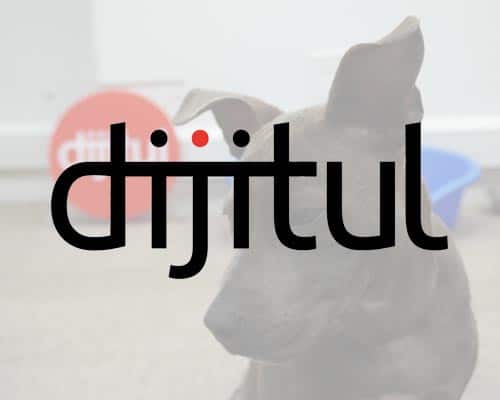The Evolution of WordPress: Empowering Website Owners with the Block Editor

In the dynamic landscape of website development, WordPress has emerged as an enduring force, empowering millions of individuals and businesses to establish their online presence. Over the years, WordPress has evolved to meet the ever-changing demands of users, transforming from a humble blogging platform to an all-singing-all-dancing content management system (CMS). One of the most significant advancements in recent times is the introduction of the block editor, which revolutionises the way users can create and edit their websites without relying on the expertise of a web developer. In this article, we will delve into the evolution of WordPress and explore the remarkable capabilities offered by the block editor.
The Early Days of WordPress
Born out of a desire to simplify publishing, WordPress was initially released in 2003 as a user-friendly blogging platform. Its simplicity, extensive theme options, and plugin ecosystem quickly attracted a loyal user base. However, as the web evolved, so did the needs of website owners. WordPress recognised this and embarked on a journey of transformation.
From Blogging Platform to CMS
WordPress evolved beyond its blogging origins to become a powerful CMS capable of handling diverse content types. The introduction of custom post types and taxonomies expanded its functionality, allowing users to create websites for a wide range of purposes, including e-commerce, news portals, and corporate sites. This shift positioned WordPress as a versatile solution for businesses and individuals seeking a scalable online presence.
The Rise of Themes and Plugins
Themes and plugins have been instrumental in WordPress’ growth. Themes enable users to customise the design and layout of their websites with ease, while plugins extend the platform’s functionality, offering features like contact forms, SEO optimisation, and social media integration. The vast array of available themes and plugins transformed WordPress into a flexible platform that could adapt to the unique needs of different users.
Introducing the Block Editor
In December 2018, WordPress introduced the block editor (previously known as Gutenberg) with the release of WordPress 5.0. The block editor revolutionised content creation by replacing the traditional WYSIWYG editor with a dynamic, block-based approach. Rather than dealing with a single text field, users could now construct their web pages using individual content blocks.
Blocks come in various forms, such as paragraphs, headings, images, galleries, videos, and more. Each block can be customised, moved around the page, and rearranged effortlessly, empowering website owners to create visually stunning and engaging content. The block editor essentially transformed the way WordPress websites are built, making it accessible and intuitive for users of all technical backgrounds.
Benefits of the Block Editor
The block editor brought a multitude of benefits to WordPress users, eliminating the need for extensive coding knowledge or the reliance on web developers. Here are some advantages of the block editor:
User-Friendly Interface: The block editor’s drag-and-drop interface simplifies the content creation process, enabling users to build and modify web pages effortlessly.
Enhanced Visual Editing: With live preview capabilities, users can see how their content will appear on the website in real-time, facilitating more accurate design decisions.
Greater Design Flexibility: The block editor provides an extensive library of pre-built blocks and the option to create custom blocks, empowering users to create visually stunning layouts without writing a single line of code.
Improved Collaboration: Multiple users can work on the same page simultaneously, facilitating teamwork and streamlining the content creation process.
Future-Proofing: The block editor embraces the future of web development, as it seamlessly integrates with emerging technologies and updates, ensuring users remain at the forefront of innovation.
WordPress has come a long way since its humble beginnings as a blogging platform. With the advent of the block editor, it has transformed into a robust CMS that puts the